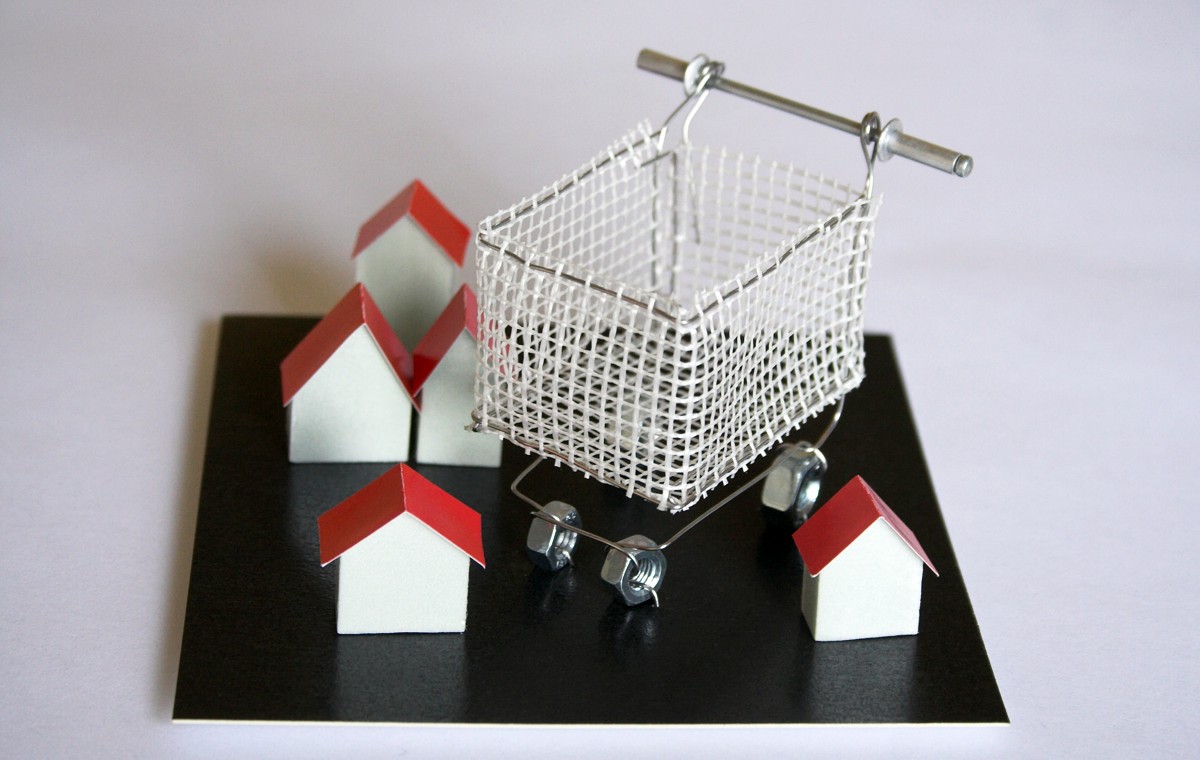Shopping Centres PhD
PhD research topic: The Impact of Shopping Centres on Downtowns.
The aim of the research was to analyse how shopping centre development impacts the architectural and urban features of downtowns.
I have studied the historical development of shopping centres as a starting point for assessment of the relation between shopping centres and core city areas. It was aided by by characteristics of modern retail facilities and elements distinguishing them from traditional structures, especially high streets.
Four main aspects of shopping centre impact on downtowns were identified. They were:
- functional elements (city’s retail structure),
- urban and architectural elements (context, quality of the building and integration possibilities),
- public spaces (their accessibility and quality),
- and transport infrastructure (including changes in traffic flows).
The result of this research was summarised in a SWOT analysis. It has been divided into the above areas and also extended with information on centres’ features responsible for such impact as well as suggestions on how to control them. The research was concluded by a set of implementation tools that may be helpful to guide and control further growth of shopping centres in cities. Possible laws were described, which may be introduced together with methods of functional programming and spatial planning.
This work has received a research grant from Polish Ministry of Science and Higher Education and was financed in the years 2007 and 2008 as a promoter research project no N527 1592 33.
The thesis was defended on 16th December 2008.
Supervisor: Elżbieta Ratajczyk-Piątkowska, PhD, DSc, Architect
Full text (in Polish) is available here.
Based on the experience and knowledge gained during this research I have worked on many projects regarding retail.
Research thesis:
- Rapid development of shopping centres has a destructive impact upon of downtowns. There are certain downtown features that are affected by new investment, including shopping centres. They may have negative results, such as deterioration and degradation of central areas. Such situation takes place mostly in case of rapid and unrestrained growth of retail facilities, including suburban areas and building centres that are not integrated with downtowns.
- It is possible to integrate shopping centres with downtown structures in the means of functional and spatial connections. Although there is negative impact of shopping centres, there are many examples of positive interaction between those realisations and core districts. They strengthen the entire retail offer, become attractive points of urban structure with high quality of architecture, which extend public spaces and elevate the rank of the city. Nevertheless the key condition for this effect is spatial and functional integration of the shopping centre with its surroundings. It means choosing an appropriate size of the scheme, its localisation and architectural and urban form. In this case the city and retail facility complement each other.
- It is possible to control further development of shopping centres. In order to minimise negative impact of shopping centres and support their integration with downtown areas their localisation should be controlled. According to binding laws the development of any retail facilities requires planning permissions and authorisations. There is knowledge on the characteristic features of shopping centres that responsible for their negative impact. Therefore it is possible to construct such terms and conditions for their development that would minimise those harmful aspects while strengthening their positive sides.
Implementation offer:
The results of this work and included examples may helpful for:
- Teaching process on architectural and urban development of shopping centres and their planning.
For local government and designers to take decisions on localisation, design, programming and functioning of a shopping centres. - As a source of reference in impact assessment of a proposed shopping centre.
- For governmental institutions in the process of forming laws – as a concise material on possible control over further shopping centre development.
- In development of retail strategies and studies.
- As initial material for further research in the field of retail planning.

